Fluorescent Lamp Bulb Holder Continuity Test
Contents
- How to Identify a Burned-Out Fluorescent Bulb?
- What is a Ballast in a Fluorescent Bulb?
- Things You Should Do Before Testing
- Step 1 – Check the Condition of the Circuit Breaker
- Step 2 – Check for the Dark Edges
- Step 3 – Inspect the Connecting Pins
- Step 4 – Check the Bulb with a Different Lamp
- Step 5 – Properly Clean the Holder
- 4 Steps Guide to Test a Fluorescent Tube Light
- Step 1 – Set the Digital Multimeter to Resistance Mode
- Step 2 – Test the Fluorescent Bulb
- Step 3 – Note Down the Reading
- Step 4 – Confirm the Above Results with a Voltage Test
- Wrapping Up
Fluorescent bulbs are one of the cheapest ways to light up your home. They use electricity and gas to generate light. When it comes to regular bulbs, those bulbs use heat to generate light which can get expensive.
A fluorescent tube light can break down due to lack of current, dead starter, broken ballast, or a dead bulb. If you are dealing with a dead starter or lack of current, you can fix those issues without much trouble. But, to deal with a broken ballast or dead bulb, you'll need to follow some testing steps.
Below is a complete guide on how to test a fluorescent light bulb with a multimeter.
In general, to test a fluorescent tube light set the multimeter to resistance mode. Then place the black lead on a pin of the fluorescent bulb. Finally, place the red lead on the other pin and check the ohm value.
We will go into more detail on these steps below.
How to Identify a Burned-Out Fluorescent Bulb?
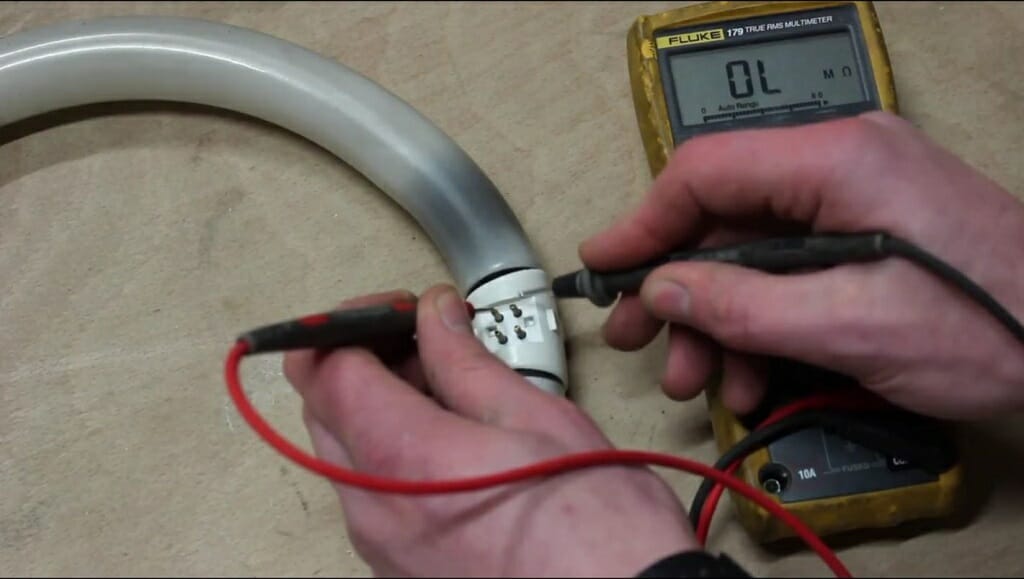
If the fluorescent bulb is burned, it will display a darker end. A burned fluorescent bulb cannot generate any light. So, you might have to replace it with a new fluorescent bulb.
What is a Ballast in a Fluorescent Bulb?
Ballast is a vital component of a fluorescent bulb. It simply assists to regulate the electricity inside the bulb. For instance, if a fluorescent bulb doesn't have a ballast, the bulb will overheat rapidly because of the uncontrolled electricity. Here are some common signs of faulty ballasts. (1)
- Flickering light
- Low output
- Buzzing sound
- Unusual delayed start
- Fading color and lights variation
Things You Should Do Before Testing
Before getting into the testing process, there are a few other things that you could try out. Proper inspection of these can save lots of time. In some cases, you don't have to do a multimeter test. So, follow these steps before testing.
Step 1 – Check the Condition of the Circuit Breaker
The reason for your malfunctioning fluorescent bulb might be a tripped circuit breaker. Make sure to check the circuit breaker properly.
Step 2 – Check for the Dark Edges
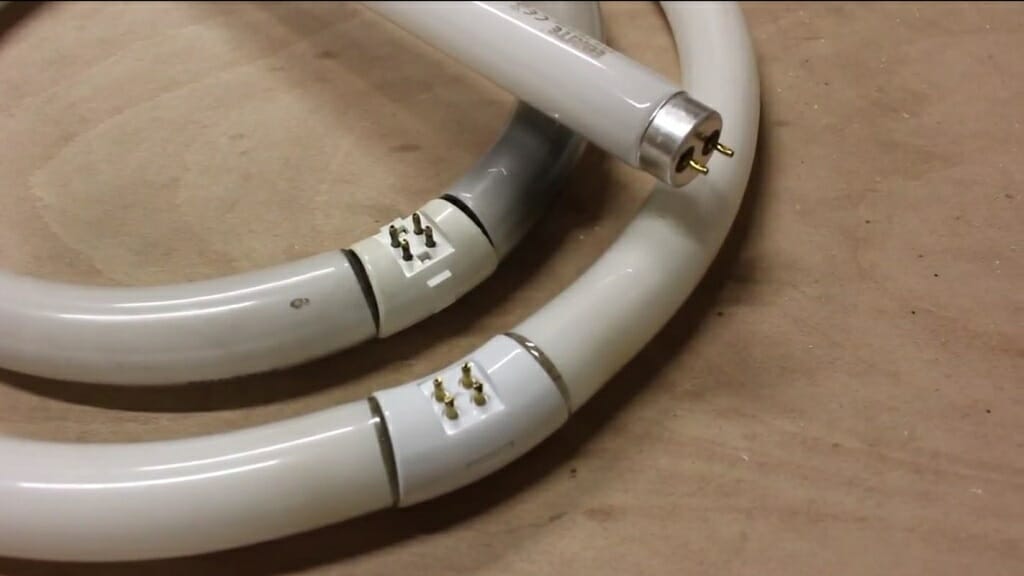
Secondly, take the fluorescent bulb out and check the two edges. If you can detect any dark edges, it is a sign of the bulb's reduced life span. Unlike other bulbs, fluorescent bulbs keep the filament on one side of the tube light fixture. (2)
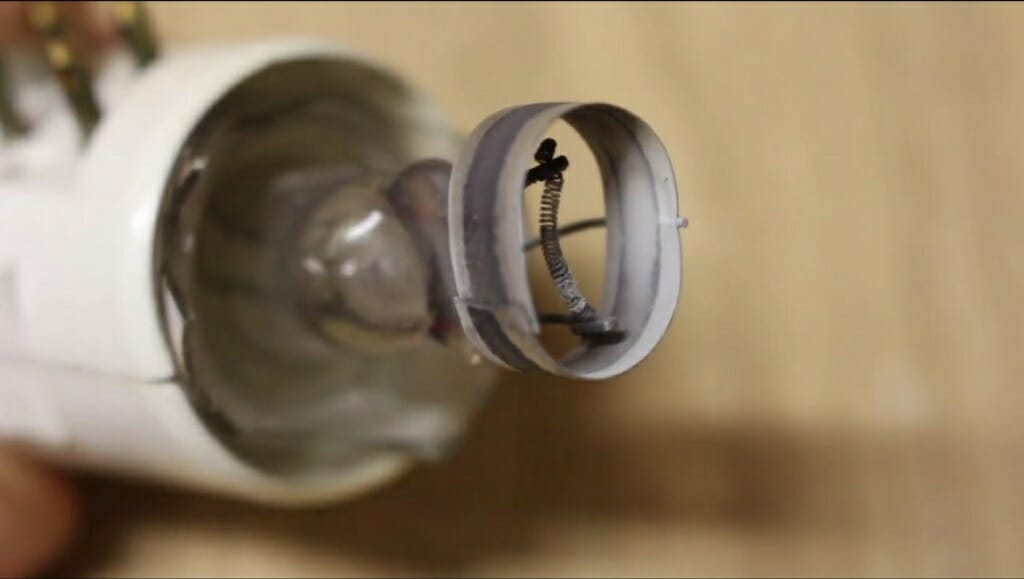
So, the side that has the filament depreciates faster than the other side. Because of that, some dark spots might appear on the side that has the filament.
Step 3 – Inspect the Connecting Pins
Usually, a fluorescent tube light fixture has two connecting pins on each side. That means four connecting pins in total. If any of these connecting pins get bent or break, the current might not go through the fluorescent tube properly. So, it is always better to inspect them closely to detect any damages.
Besides, with bent connecting pins, you'll have a difficult time fixing the tube light back on. So, use a nose plier to straighten any connecting pins that are bent.
Step 4 – Check the Bulb with a Different Lamp
The problem might not be the bulbs. It might be the fluorescent lamps. It is always a good idea to check the faulty fluorescent bulb with a different lamp. If the bulb is working, the issue lies with the lamp. So, replace the fluorescent lamps.
Step 5 – Properly Clean the Holder
Rust can build up quickly because of moisture. It could be the connecting pins or the holder, the rust can disturb the flow of electricity significantly. Therefore, make sure to clean the holder and the connecting pins. Use a scrubbing wire to remove the rust. Or turn the bulb while it is inside the holder. With these methods, you can easily break the rust deposits in the holder.
4 Steps Guide to Test a Fluorescent Tube Light
After going through the above five steps, if the fluorescent bulb still doesn't give any positive results, it may be time for testing.
Step 1 – Set the Digital Multimeter to Resistance Mode
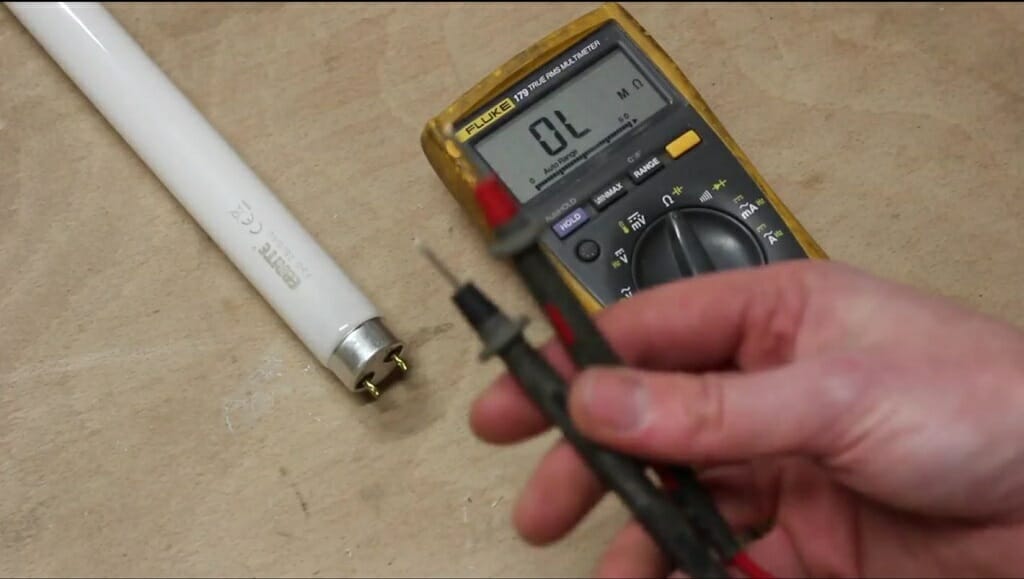
To set the digital multimeter to resistance mode, turn the multimeter's dial to the Ω symbol. While using some multimeters, you will have to set the range to its highest level. Some multimeters do this automatically for you. Then connect the black probe to the COM port and connect the red probe to the V/Ω port.
Now check the multimeter by touching the other two ends of the probes together. The reading should be 0.5Ω or more. If you didn't get a reading in that range, that means the multimeter is not functioning properly.
Step 2 – Test the Fluorescent Bulb
After setting up the multimeter properly, place the black lead on one pin of the tube light and place the red lead on the other.
Step 3 – Note Down the Reading
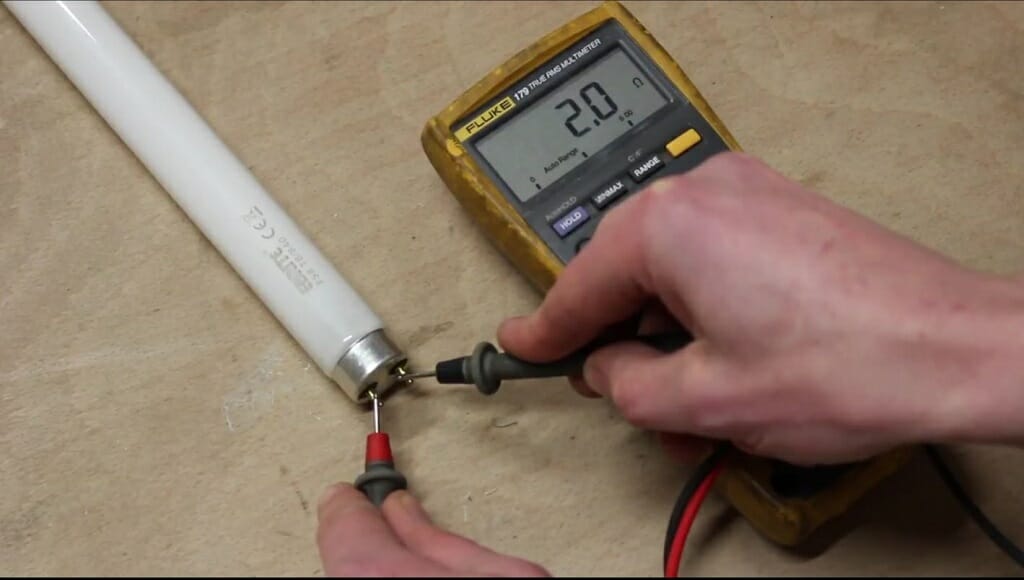
Then, note down the reading of the multimeter. The reading should be above 0.5Ω (may be 2Ω).
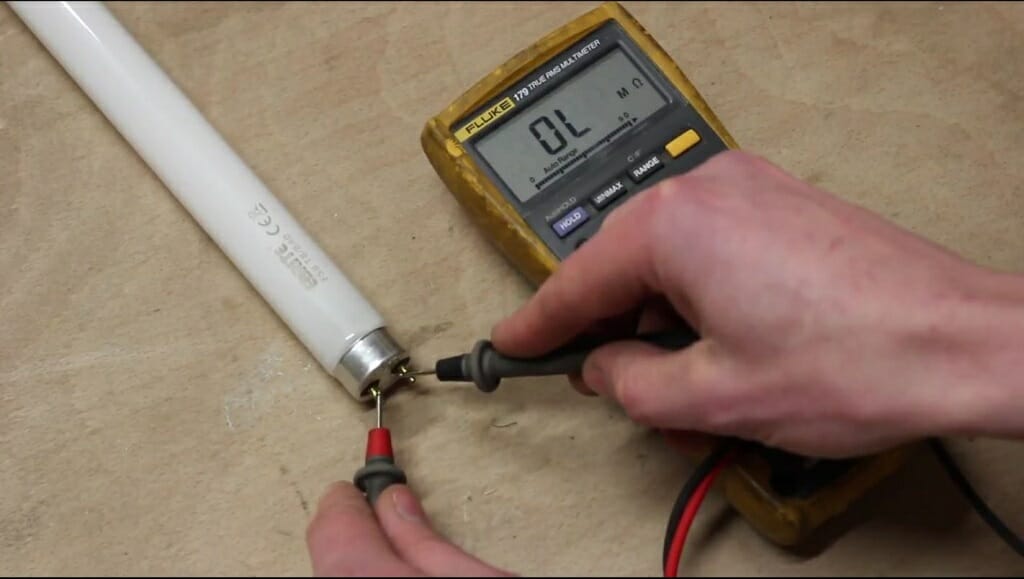
If you are getting an OL reading on the multimeter, that means the tube light acts as an open circuit and has a blown filament.
Step 4 – Confirm the Above Results with a Voltage Test
With a simple voltage test, you can confirm the results that you get from the resistance test. First, set up the multimeter to voltage mode by turning the dial to the alternating voltage symbol (V~).
Then connect the fluorescent bulb pins to the fluorescent lamp with the help of flying leads. Now, connect the two multimeter leads to the flying leads as well. After that, note down the voltage. If the fluorescent bulb is working properly, the multimeter will give you a voltage that is similar to the voltage of the lamp's transformer. If the multimeter does not give you any reading, that means the bulb is not working.
Keep in mind: During the fourth step, the main power should be ON.
Wrapping Up
To test a fluorescent bulb, you don't have to be an expert in electrical work. You can get the job done with a multimeter and some flying leads. Now you have the necessary knowledge to turn this into a DIY project. Go ahead and try the fluorescent bulb testing process at home.
Take a look at some of our related articles below.
- How to test Christmas lights with multimeter
- How to test a circuit breaker with a multimeter
- How to use a multimeter to test voltage of live wires
References
(1) regulate the electricity – https://uk.practicallaw.thomsonreuters.com/8-525-5799?transitionType=Default&contextData=(sc.Default)
(2) lifes span – https://www.britannica.com/science/life-span
Video Reference
grazianofoxys1977.blogspot.com
Source: https://toolsweek.com/how-to-test-a-fluorescent-light-bulb-with-a-multimeter/
0 Response to "Fluorescent Lamp Bulb Holder Continuity Test"
Post a Comment